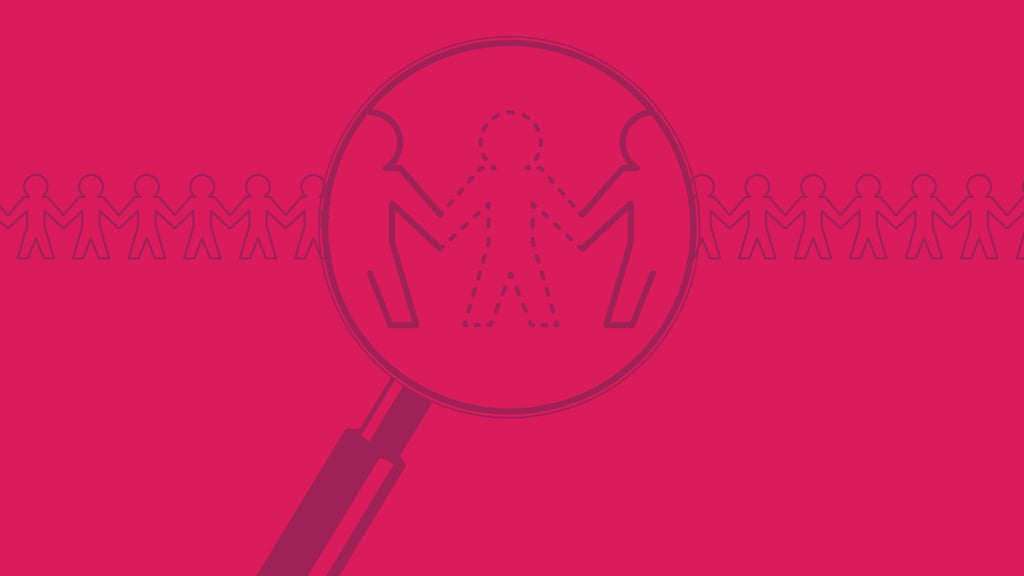Beyond the legal context, due diligence is a way to ensure sound management of work. With this perspective, risk analysis is one of the key tools that supports this management principle.
A Brief History of Due Diligence?
The concept of due diligence dates back well before 2004, when Bill C-21 came into effect. In fact, it is an Anglo-Saxon concept dating back to the 1930s that means that a person must work to protect themselves against any avoidable negative element of a transaction. We are talking about a basic duty of care.
More concretely, due diligence is the degree of judgment, prudence, care, firmness and action that can be expected of a reasonable person in the circumstances under consideration.
Due Diligence is a Daily Part of our Lives
In general, most companies use due diligence to estimate exposure to risks beyond their control and thus develop mitigation strategies for these risks. They can include changes in public policies, changes in consumer preferences and human rights occurring in the context of economic activity and which have an impact on the activity of the company.
For example, in banking, due diligence is a way of determining whether the bank can accept you as a customer, without taking on risk.
When applied to occupational health and safety, due diligence means that employers will have to take all reasonable precautions to prevent injuries or incidents in the workplace, including situations that are not addressed elsewhere in occupational health and safety legislation.
When discussing reasonable precautions, we consider measures or decisions that a reasonable person would take in similar circumstances, and that are also appropriate or rational regarding the situation in question. It is therefore easy to understand that measures to be taken are usually determined on a case-by-case basis.
Due diligence is part of our daily activities: when we cross the street, for example, we must exercise judgment, care, firmness and action.
In business, due diligence is also part of everyday life.
Before undertaking the construction of a building, a contractor must:
- Ensure they have in hand the architectural plans as well as the technical data of the engineer (judgment);
- Ensure they have the right workforce and necessary materials and tools (care);
- Ensure the right working methods are in place and determine the different stages of compliance during the construction (firmness);
- Account for all elements of the work project (action).
In the field of occupational health and safety, it is common to speak of a duty of foresight, a duty of efficiency and a duty of authority in demonstrating compliance through the elements of due diligence.
However, I invite you to do the exercise and replace the term "security" with terms related to operations (e.g. security program = work program) to understand that any company should exercise due diligence in all facets of its operations.
How does risk analysis factor into all of this?
Again, let's go back to basics. Risk analysis is a process put in place to understand the nature of hazardous phenomena and to determine the level of risk generated by these phenomena. It provides the basis for risk assessment, estimation and control decisions.
Risk analysis is not a static process but rather a dynamic tool that should be modulated according to various circumstances including: before performing a task; when the work environment changes, and at all times when the employee and supervisor deem it necessary.
How does risk analysis support due diligence efforts?
For the duty of foresight:
| Due diligence |
Risk analysis |
| The employer must identify work-related hazards and control them |
Used to determine what work-related hazards are and how to control them |
| The employer must develop means to reduce the risks and adapt to any situation that may arise |
Used to assess what actions can reduce risk situations |
For the duty of efficiency:
| Due diligence |
Risk analysis |
| The employer must implement concrete corrective measures |
Used to determine how control measures are used to reduce risk |
| The employer must periodically evaluate the entire system |
Used to assess the effectiveness of corrective actions |
These examples explain how risk analysis helps the company perform its due diligence. The activities carried out during a risk analysis exercise enables companies to effectively manage work and control the various aspects of due diligence.





